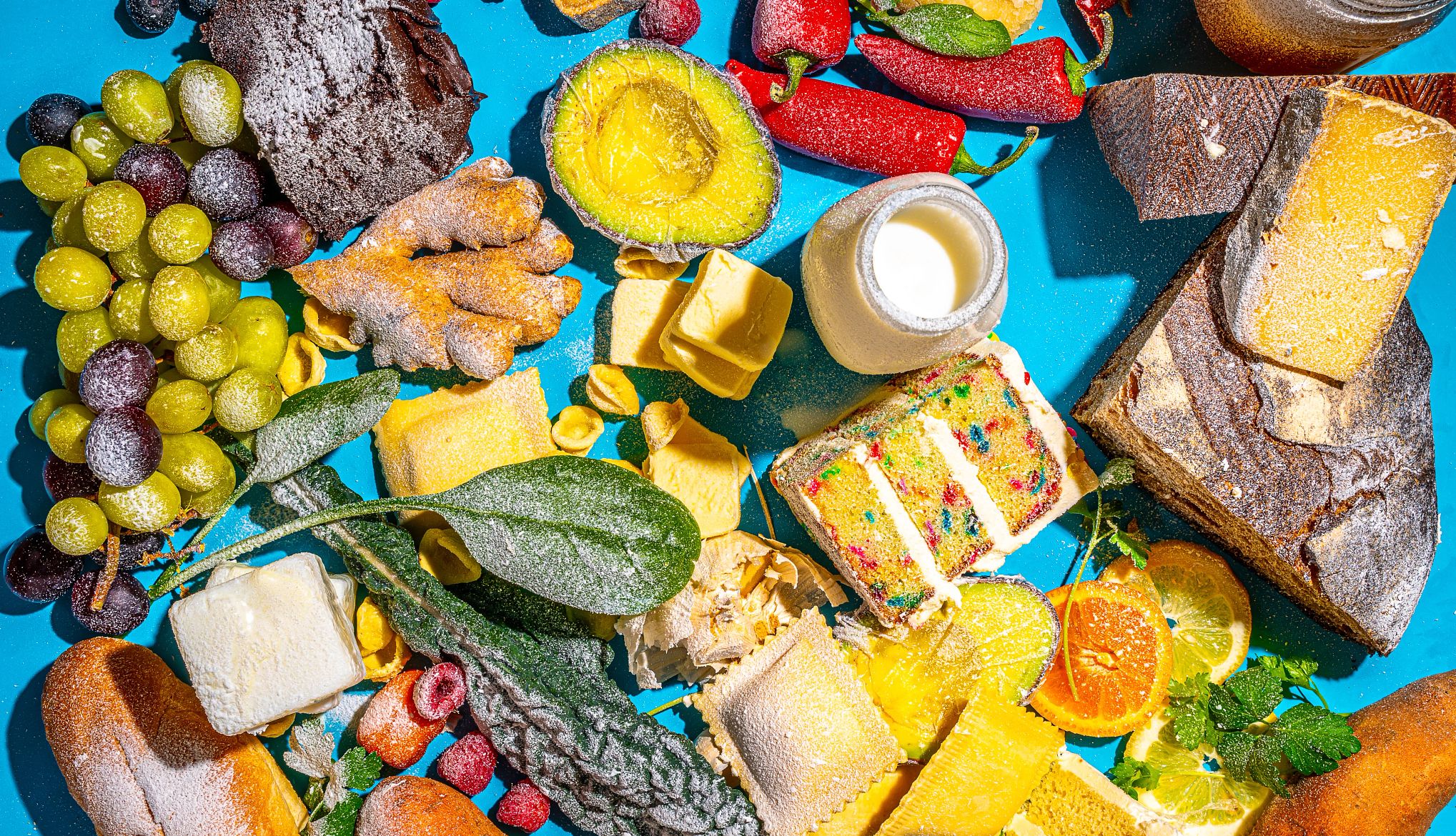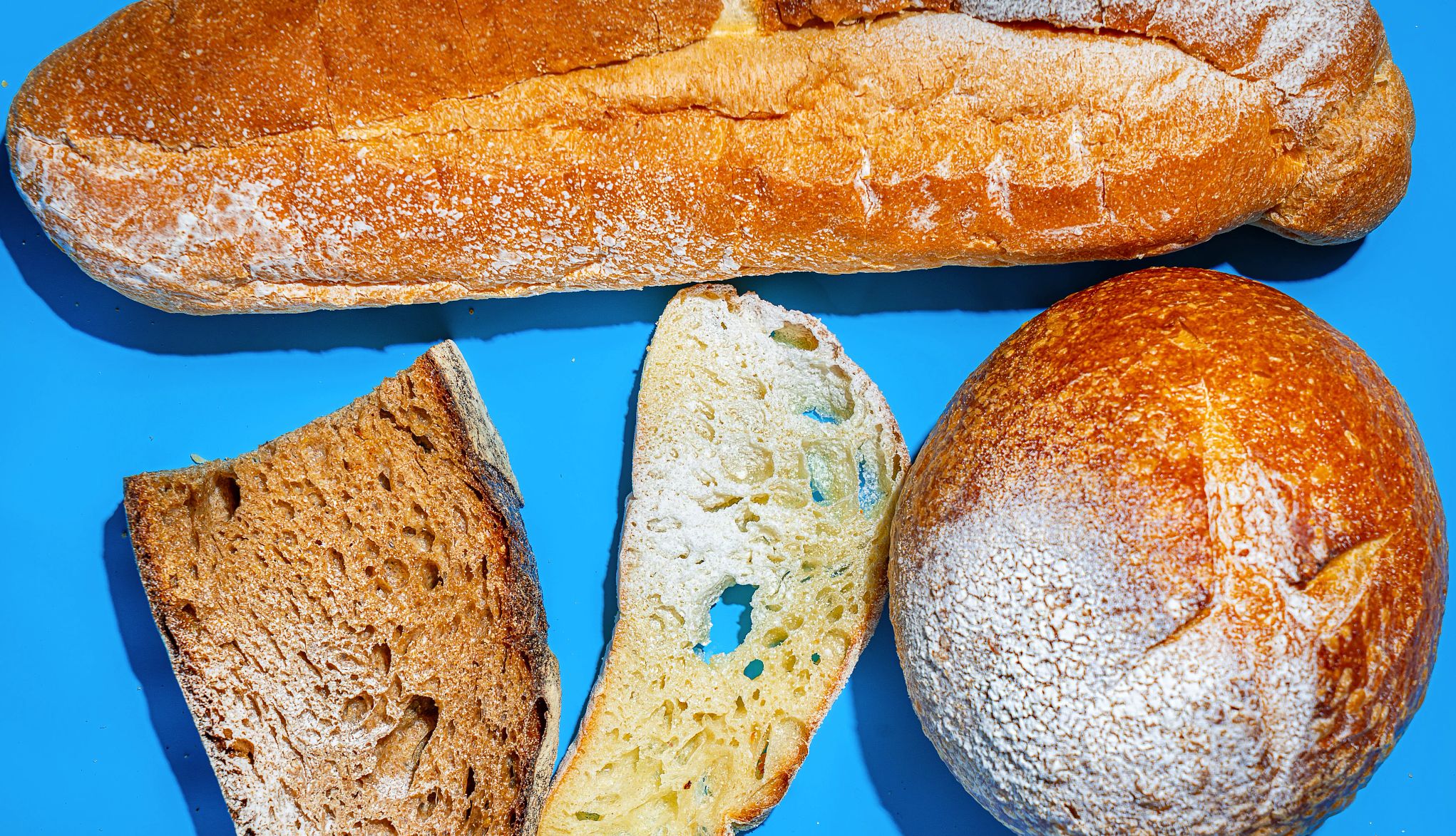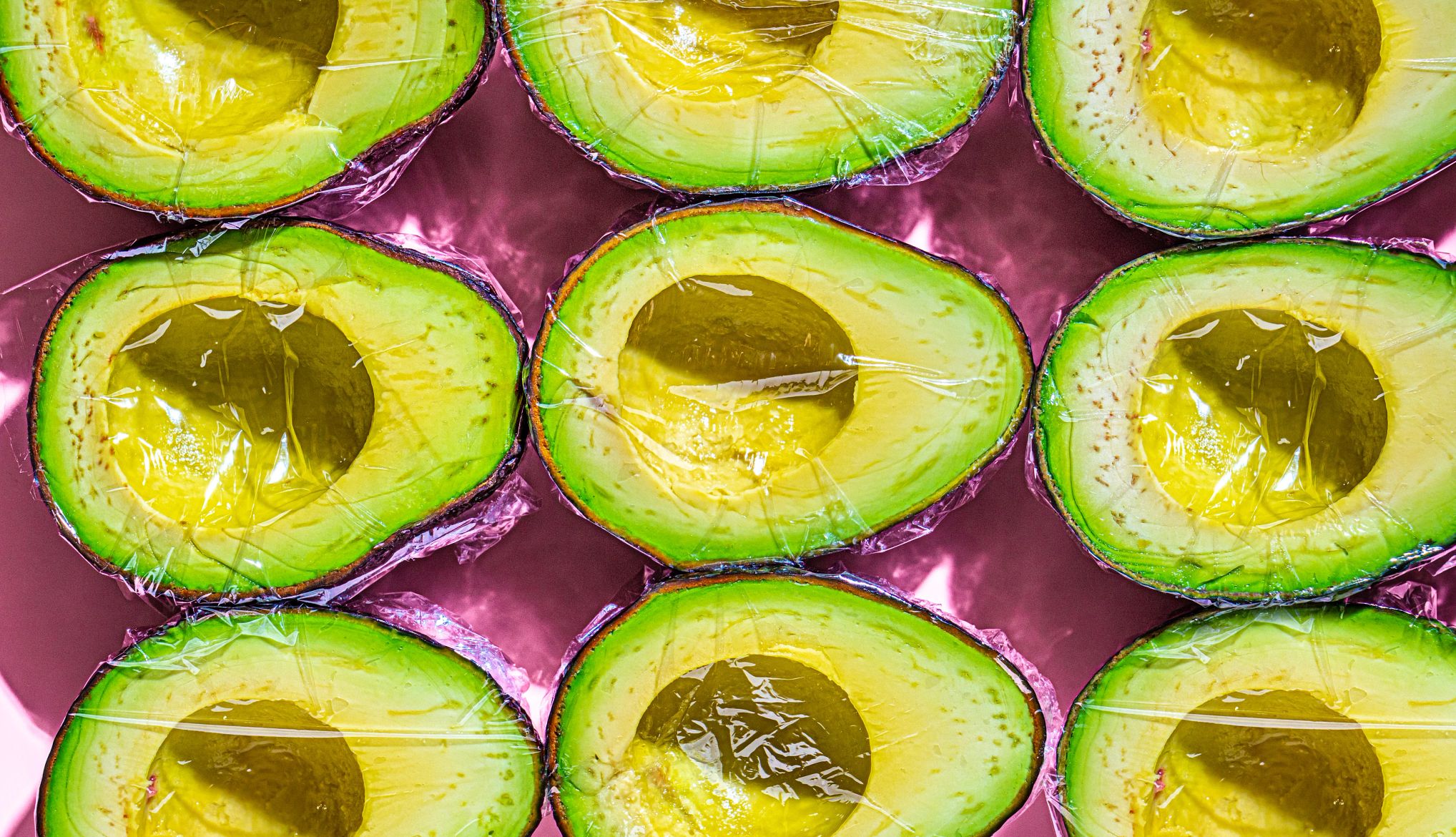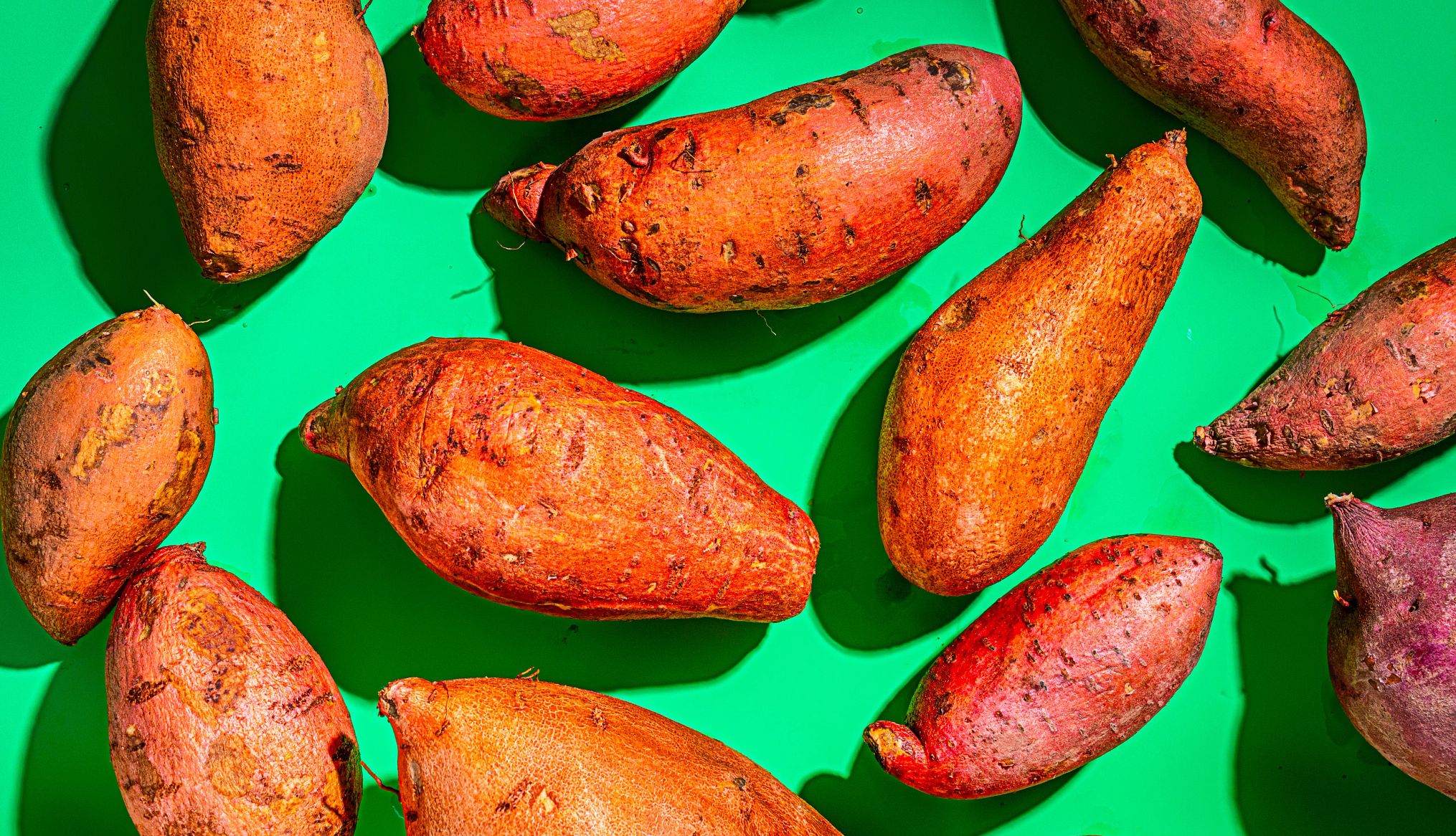Staying Fit


Your freezer is one of the most underrated kitchen tools, says David Lee, cofounder and executive chef of Planta restaurants in Miami, Toronto and other locations. It can help you jump-start dinner, take advantage of sales, reduce waste and spoilage, and always have the ingredients you need on hand. Try keeping these unexpected items in the freezer. It’s a game changer!


1. Bread
Whether you stocked up when your favorite brand was on sale or have half a loaf you won’t finish before it gets moldy, turn to your freezer to ensure it doesn’t go to waste. “Bread freezes amazingly,” says Jake Schmidt, executive chef at The Swag resort in Waynesville, North Carolina. Almost all varieties of bread, store-bought or homemade, hold up well in the freezer for up to three months. Simply wrap bread (or even bread dough) tightly in plastic wrap, stick in a plastic bag and seal tightly before freezing.


AARP Membership— $12 for your first year when you sign up for Automatic Renewal
Get instant access to members-only products and hundreds of discounts, a free second membership, and a subscription to AARP the Magazine.


2. Cake
Layer cakes, sheet cakes, cupcakes, loaf cakes, Bundt cakes — they all freeze beautifully, frosted or not, so you can enjoy a treat later without having to heat up your oven. Ensure your cake has cooled, then wrap tightly in plastic wrap, stick inside a plastic bag and seal tightly, Schmidt says. If you’re freezing a frosted or decorated cake, freeze the whole cake on a baking sheet first, then wrap it up once frozen. Defrost in the fridge or on the counter.


3. Avocados
Slice in half, peel and remove the pit. Brush the avocado halves with lemon juice and wrap them tightly in plastic wrap. Add them to a freezer-safe bag, then press out the air before sealing and freezing. Thaw, then mash into guacamole.


4. Sweet potatoes
The secret to the best baked sweet potatoes? Freezing them ahead of time. (Who knew?) “The freezing process changes the cell structure so they become ultra creamy,” Schmidt says. Wash and dry your sweet potatoes, then toss them raw into the freezer. When you’re ready to use them, bake them, skin on, from frozen until soft (about two hours) to achieve the ultimate texture.


5. Stocks and broths
If you won’t use that full quart of chicken broth before it expires, or you prepared too much homemade vegetable stock, stick it in the freezer to use later. Schmidt recommends pouring cooled stock into reusable plastic deli quart containers or, for smaller amounts, an ice cube tray. When it’s time to use your stock, thaw the containers under running water or simply pop out the frozen cubes and drop them into soups or sauces. Note: According to food safety guidelines, once fresh stock has cooled and been frozen, it can only be reheated once more, so don’t save leftovers.












































































More From AARP
What to Eat When the Power's Out
Put together a satisfying meal with a bit of thought and some pantry staples
Pickling, Canning, Fermenting: Make Your Garden Bounty Last
Updated, easy techniques for preserving fruits and vegetablesElevate Your Leftovers: Try Pot Roast & Potato Pizza
Check out this and other recipes from ‘Here We Go Again’ by Tiffani Thiessen
Recommended for You